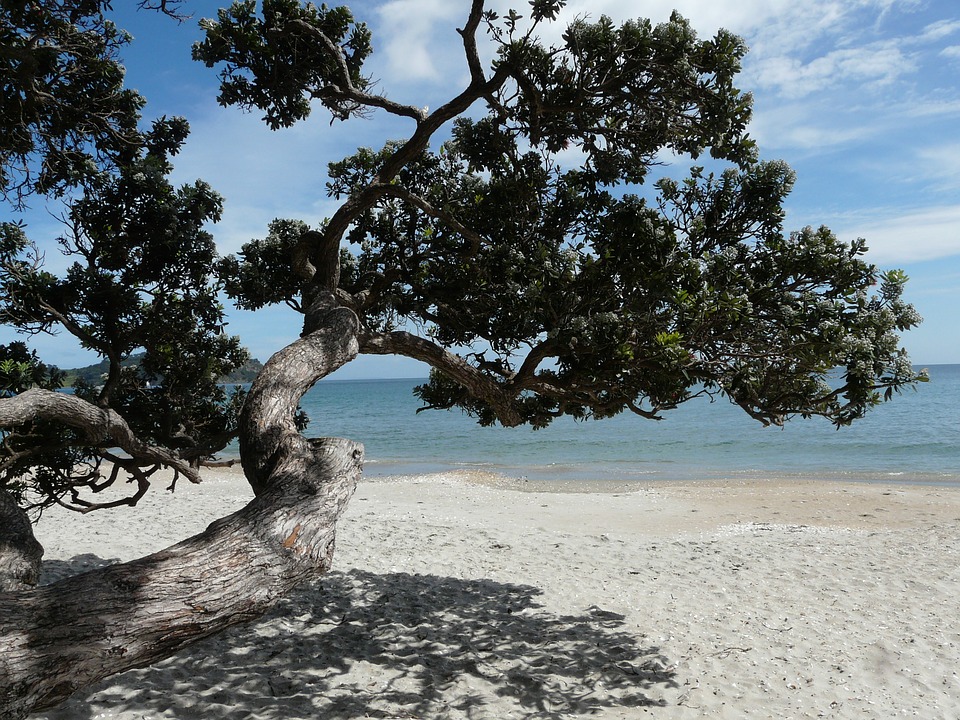
Te Whanganui-a-Tara – Aotearoa is experiencing ongoing weather that is not summery. A lot of wind and a lot of rain has been prevailing since early December.
Ōtautahi has only had two hot fine days. Every rain and wind event has specific reasons for developing but it’s sometimes worth just stepping back and looking at all in a very simplistic way. Though not all summers are like this, it is simply because of our location on earth.
Aotearoa is mostly two large mountainous islands partially in the roaring forties and surrounded by large oceans.
It’s always exposed to significant change from the stormy Southern Ocean or the mighty tropical Pacific to our north.
Hale is expected to strengthen into an extra-tropical storm in northern Aotearoa, bringing a surge of severe gales and heavy rain across the North Island for 48 hours, before departing to the south east by late week. The storm brings with it the risk of slips, flooding, power cuts, trees down and road closures. The centre of the low is expected to move into Northland, Auckland, Coromandel Peninsula and Bay of Plenty on Tuesday night/overnight Tuesday.Large areas such as Australia, America and Europe tend to have more predictable forecasts, or at least longer stretches of predictable weather.
New Zealand much like Japan suffers from constant changes from warm to cold, dry to wet, high pressure to low pressure, WeatherWatch says.
This weather pattern is also the reason why some Kiwis can wear t-shirts and shorts in winter. It brings variety and plenty of fresh water to drink, but it can also ruin some summer holidays with too much rain and wind.
While forecasters are receiving a lot of complaints and questions about the current unsettled pattern, there’s one group of New Zealanders quietly loving it after the past several drier than average years, the farmers.
Many farmers have told us they are ecstatic the grass is growing so much at this normally dry and sometimes drought affected time of year.

